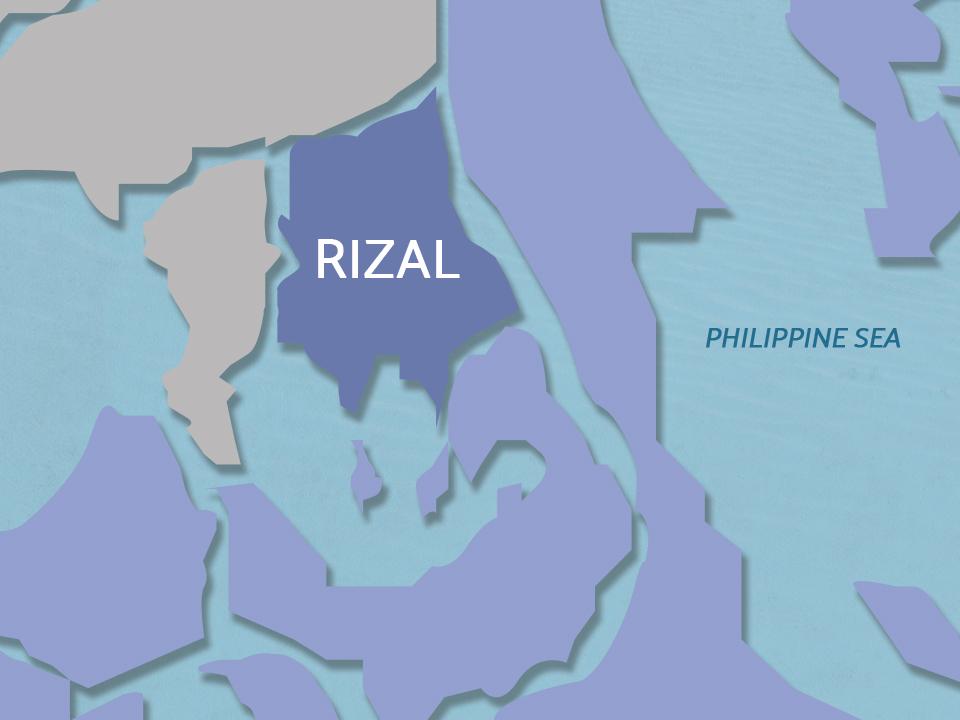Since its founding in 1967, Southwest Airlines has built its business model on point‐to‐point service, and the city of Chicago has long been central to that story. For more than half a century, Southwest’s primary Illinois presence has been at Chicago’s Midway International Airport (MDW), where the carrier operates hundreds of daily departures to scores of destinations. Yet in December 2021, Southwest inaugurated its first service at Chicago O'Hare International Airport (ORD), the city’s larger (and far more congested) hub that is dominated by legacy carriers.
At first glance, opening operations at O’Hare seems unnecessary, given that the airline has a near-monopoly at its base just 30 miles away. It also is at odds with Southwest’s traditional focus on underutilized airports. So why does Southwest serve O’Hare? Let’s take a closer look.

A brief look into the history of fourth largest airport in the United States. Southwest’s operations at Midway Southwest first began flying from Midway in 1985, launching flights to St. Louis, Kansas City, and Nashville.
At the time, the airport was a hub for Midway Airlines , which operated flights from 17 of the facility’s 27 gates, so Southwest was initially restricted to just three gates. But after the demise of Midway Airlines in 1991, Southwest quickly expanded to fill the gap, and by the mid-1990s, Midway had become Southwest’s second‐largest operation after Dallas Love Field (DAL). Midway offered Southwest a tightly optimized operation: quick turn times , efficient use of gates, and a loyal local customer base that became accustomed to Southwest’s no‐frills model.
Its compact terminal layout and proximity to downtown Chicago were also a competitive advantage. A glance at airport data and flight data for April 2025 from Cirium , an aviation analytics company, shows just how much Southwest has thrived at Midway: Southwest Airlines at Midway Midway annual passengers (2024) 21.5 million Southwest annual passengers (2024) 19.
6 million Southwest market share 91% Southwest destinations from Midway 80 Average daily departures (April 2025) 185 Peak daily departures (summer schedule) 250+ However, as Southwest’s network and fleet grew, Midway’s physical constraints, such as limited runway capacity, a finite number of gates, and strict noise and curfew restrictions, began to cap the airline’s ability to add new routes and frequencies. While Southwest continues to dominate at MDW, by the late 2010s, the carrier faced a strategic inflection point: either pursue costly expansion at other underserved airports in the region or find new capacity at Chicago’s primary airport. Southwest begins operations at O’Hare As a result, Southwest began testing the waters at O’Hare in the spring of 2021.
Taking advantage of the pandemic-driven slowdown in traffic at the notoriously congested airport, it launched initial flights to its bases at Baltimore and Dallas Love in February 2021. Dave Harvey, operational vice president at Southwest, said the following to Simple Flying at the time: “Making it easier to fly Southwest for business or leisure, we’re excited to bring more options to Chicago travelers through a preferred airport for many of our existing customers in northern Chicagoland. These additional flights put the flexible policies and world-class hospitality our Midway Airport customers already enjoy on the North Side and further the ease of flying Southwest without a longer commute.
” The opportunity for Southwest to expand further at O’Hare came later that year when, in the fall of 2021, the US Department of Transportation auctioned takeoff and landing slots at the airport. These were slots that had been divested by American Airlines, which has a hub at ORD, as a condition of approval for its Northeast Alliance with JetBlue. Southwest bid successfully during the auction and acquired 12 slot pairs, allowing it to expand its number of destinations and daily departures.
Today, Southwest flies to eight US destinations from O’Hare, with 14 daily departures. It also has a seasonal winter service to Cancun. In total, it will offer over 800 flights to/from O’Hare this month, representing more than 130,000 seats.
This equates to about 6% of the total capacity that it currently offers in Chicago. Southwest destinations from Chicago O’Hare Destination Distance (miles) Frequency Dallas Love 798 3 x daily Denver 885 3 x daily Las Vegas 1,510 2 x daily Orlando 1,006 2 x daily Austin 977 Daily Baltimore 619 Daily Nashville 409 Daily Phoenix 1,436 Daily Four years since its launch at O’Hare, it is clear that this move by Southwest was more than symbolic. It signaled the airline’s willingness to enter congested, slot‐controlled airports when the strategic case is compelling.
But why, specifically, did Southwest decide to spread its wings into ORD? Let’s look at the different reasons. The reasons Southwest serves O’Hare Southwest’s choice to move in at O’Hare stands out because it has made a distinctly different choice in other large cities such as Dallas and Houston. It avoids Dallas-Fort Worth because it dominates Dallas Love, and eschews George Bush Intercontinental Airport in Houston because it has a stranglehold at Houston Hobby.
So why is Chicago different? Capacity constraints at Midway Midway is and will continue to be the heart of Southwest’s operations in Chicago. However, the airport is located in a square mile bounded by roads and development on all sides, so there is no real scope for expansion of the terminal facilities. With Southwest already operating from 37 of the 43 gates at the airport, it also has limited to no opportunity to expand within the existing footprint.
Therefore, adding flights at O’Hare offers the most feasible pathway to Southwest expansion in the third-largest city in the US. There are also other operational considerations. Midway’s curfew (22:00-06:00), noise abatement rules, and apron congestion mean that adding flights during peak periods often requires displacing existing services or paying steep gate premiums.
O’Hare’s larger footprint and later curfew (12 am - 5 am) offer more scheduling flexibility. For example, Southwest can operate early morning transcontinental flights out of ORD (departing before Midway’s first flight window) and late-night redeployments back to Chicago. These time‐of‐day advantages open new market windows that Midway cannot accommodate.
Market expansion and share capture By serving both Chicago airports, Southwest also taps into two partially distinct catchment areas. Midway predominantly draws travelers from Chicago’s South Side, western suburbs, and nearby communities; O’Hare serves the North Side, northern suburbs, and many corporate campuses. Establishing a presence at O’Hare enables Southwest to court new customers, especially those in the affluent northern suburbs such as Schaumburg, Arlington Heights, and Evanston.
In effect, Southwest increases its overall Chicago market share by adding ORD to its network rather than cannibalizing demand from MDW. Competitive positioning in the Chicago market United Airlines dominates O’Hare, with over 40% of all flights, followed by American Airlines with close to 25%. But Southwest is not afraid of competing with legacy carriers: its busiest base is Denver , where it goes head-to-head with United, and it mixes it with American in Phoenix and Delta in Atlanta.
A closer examination of Southwest’s destinations from O’Hare (see table above) shows that it primarily competes on routes to its other large bases. So this is a calculated strategy: It is not willing to rely solely on Midway for traffic to the airports it is particularly strong at, or relinquish traffic from Chicago to competitors operating from a different airport. Access to corporate and premium demand O’Hare is a major hub for multinational corporations, financial institutions, and consulting firms, many of which prioritize flight options at their closest airport.
By flying into ORD, Southwest gains greater visibility among premium business travelers. Of course, for those who have corporate contracts with legacy carriers, nothing is likely to change. But Southwest is betting that its Business Select product (with priority boarding and refundable tickets) will appeal to the more cost-conscious business customers, which was especially the case when it launched during the pandemic.
The other reasons that contributed to the decision Of course, there were several other reasons that might not have been the primary drivers of opening up service at O’Hare, but contributed to the decision. These include the following: Unique opportunity to enter the market: What really cemented Southwest’s presence at O’Hare was the slot auction due to American Airlines' divesting of slots. This was a very rare opportunity to establish a genuine presence at one of the nation’s largest airports.
It's better to acquire the slots and relinquish them if they don’t work out than miss the boat altogether. Operational resilience: Chicago winters can bring heavy snow and ice, which sometimes force runway closures and delays at Midway. While O’Hare is not immune to winter weather, its more modern equipment and additional runway capacity enable quicker recovery.
By operating at both airports, Southwest can reroute flights, position aircraft, and adjust schedules more nimbly when weather disrupts one field, reducing the risk of systemic delays and cancelations cascading through the system. International considerations: Southwest doesn’t do any international long-haul flying, but it has built up considerable cross-border routes to Mexico, Central America, and the Caribbean. O’Hare’s customs and immigration facilities are more extensive than Midway’s, making it a more suitable gateway for future international services, and its longer runways can accommodate heavier takeoff weights for fully loaded flights of 2,000+ miles.
How Southwest compares at O’Hare Despite Southwest’s modest growth at O’Hare, its 14 daily departures are still dwarfed by the legacy carriers at Chicago’s largest airport. United operates 515 daily flights to 157 airports across the United States from ORD, while American Airlines has been increasing capacity and plans to operate up to 480 daily flights from O'Hare this summer, representing 25% more seats than last year. Frontier Airlines and Spirit Airlines both serve 20+ destinations from O’Hare, and even Delta, the only legacy carrier without a hub at ORD, operates over 40 daily departures.
However, what is notable is that Southwest now competes for half of the top ten destinations from O’Hare: Denver, Phoenix, Orlando, Las Vegas, and Cancun. In each case, the addition of Southwest ensures that at least four to five carriers are competing on the route. This undoubtedly places downward pressure on ticket prices, so the net winner of Southwest’s expansion at O’Hare is undoubtedly the people of Chicago.
.
Top

Why Does Southwest Airlines Serve Chicago O'Hare?

Southwest has a major base at Chicago's Midway Airport, so why does it bother serving an airport just 30 miles away?











